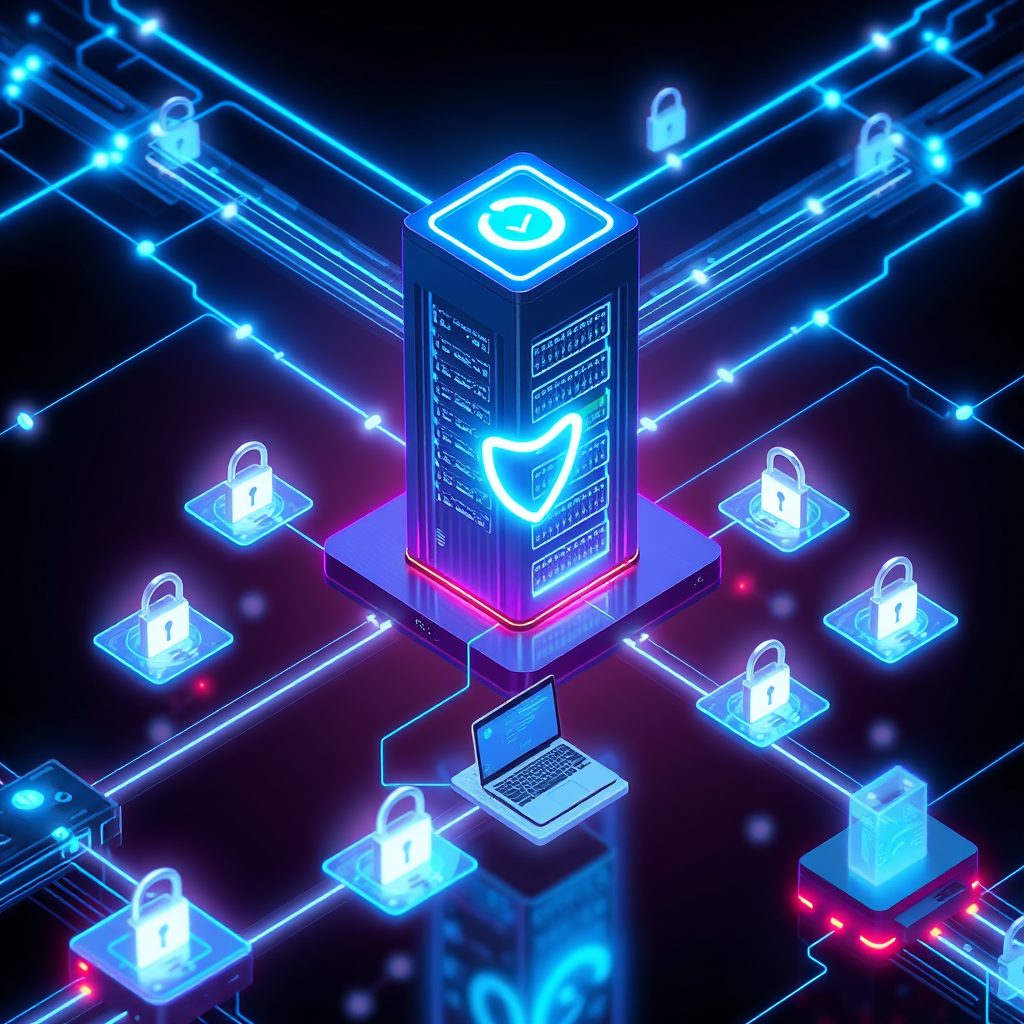In today’s digital landscape, security frameworks like the Cybersecurity Maturity Model Certification (CMMC) are vital for organizations handling sensitive information. One fundamental aspect of CMMC is the Access Control family, which ensures only authorized personnel and devices can access critical data.
Specifically, AC.L1-3.1.1 emphasizes the importance of restricting system access to verified users, processes acting on their behalf, and designated devices. This control helps minimize the attack surface, making unauthorized access significantly more difficult.
Implementing this control involves establishing strict user authentication procedures, such as multi-factor authentication, and maintaining an up-to-date inventory of authorized devices. Organizations also need to enforce policies that prevent unauthorized users from gaining entry or manipulating access rights.
By diligently following AC.L1-3.1.1, organizations not only meet CMMC requirements but also create a more resilient security posture. This proactive approach significantly reduces vulnerabilities, especially in environments where sensitive government data or critical infrastructure is involved.
Adapting these controls requires continuous monitoring, staff training, and regular audits. The goal? To ensure that access privileges align strictly with operational needs, reducing risk and maintaining trust.
In short, mastering access control is a cornerstone of cybersecurity. When properly applied, AC.L1-3.1.1 helps organizations stay one step ahead of cyber threats, keeping information safe and systems running smoothly.


